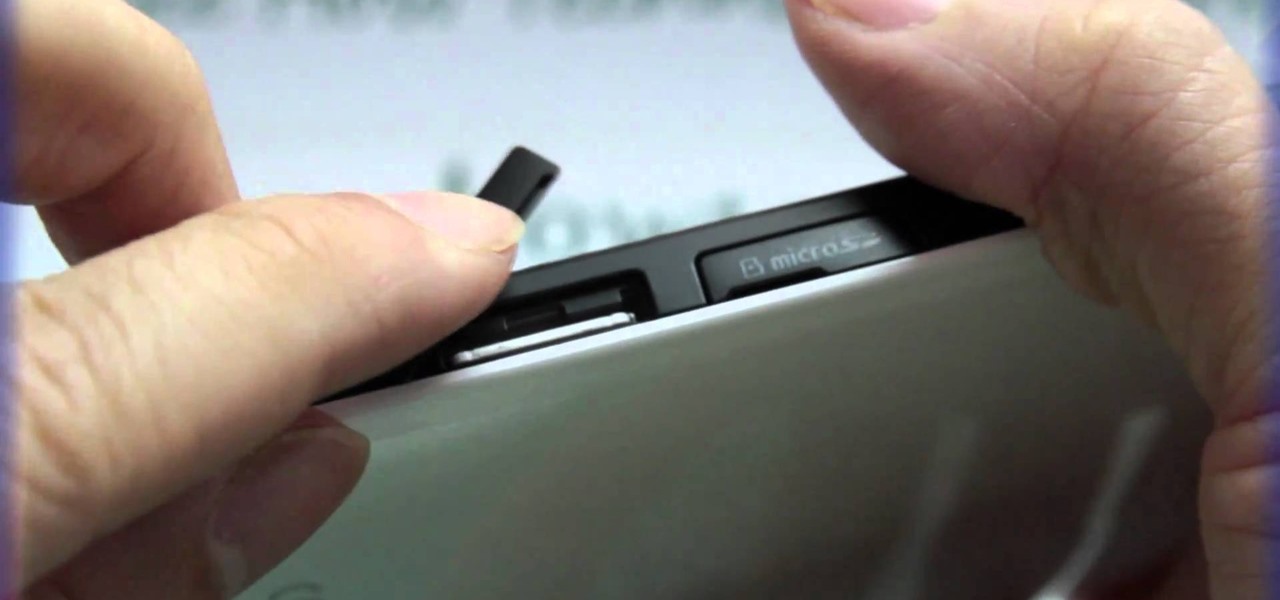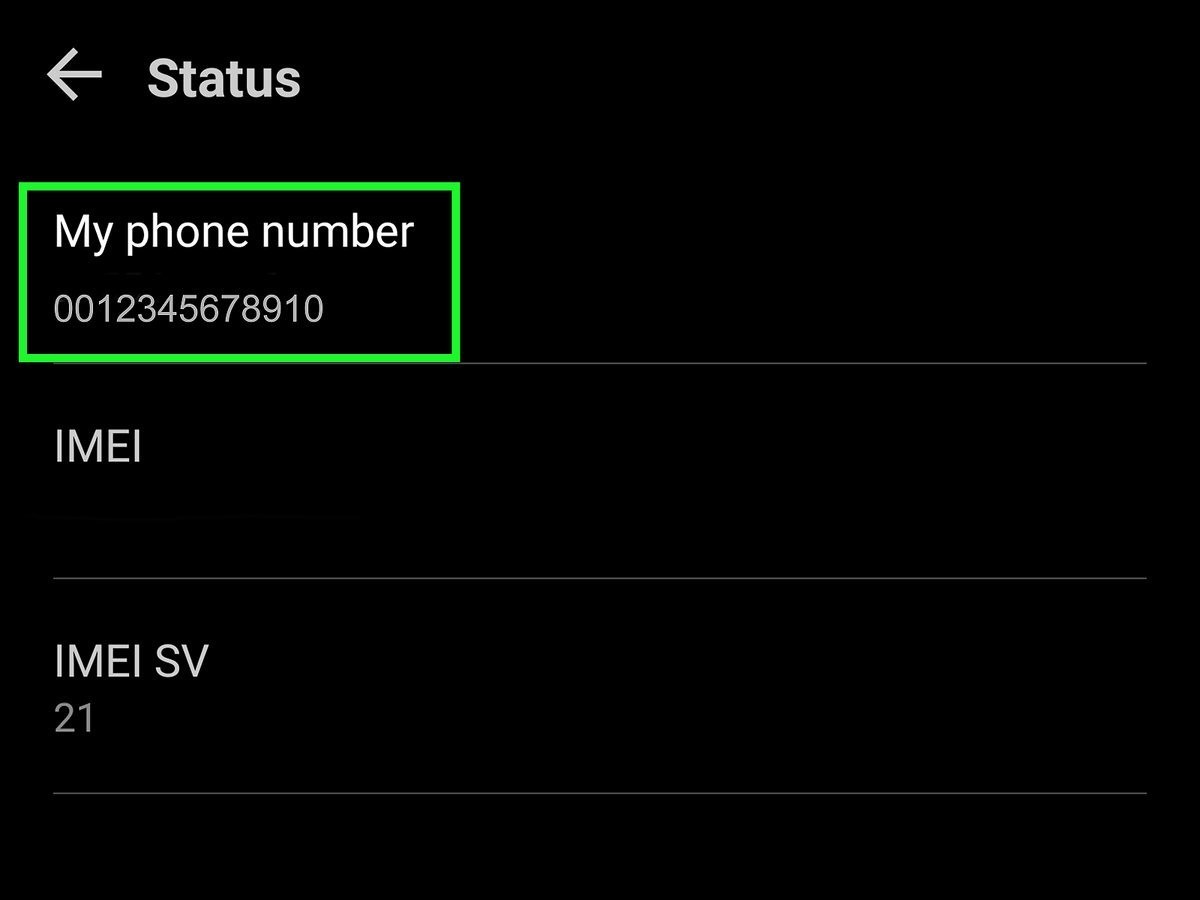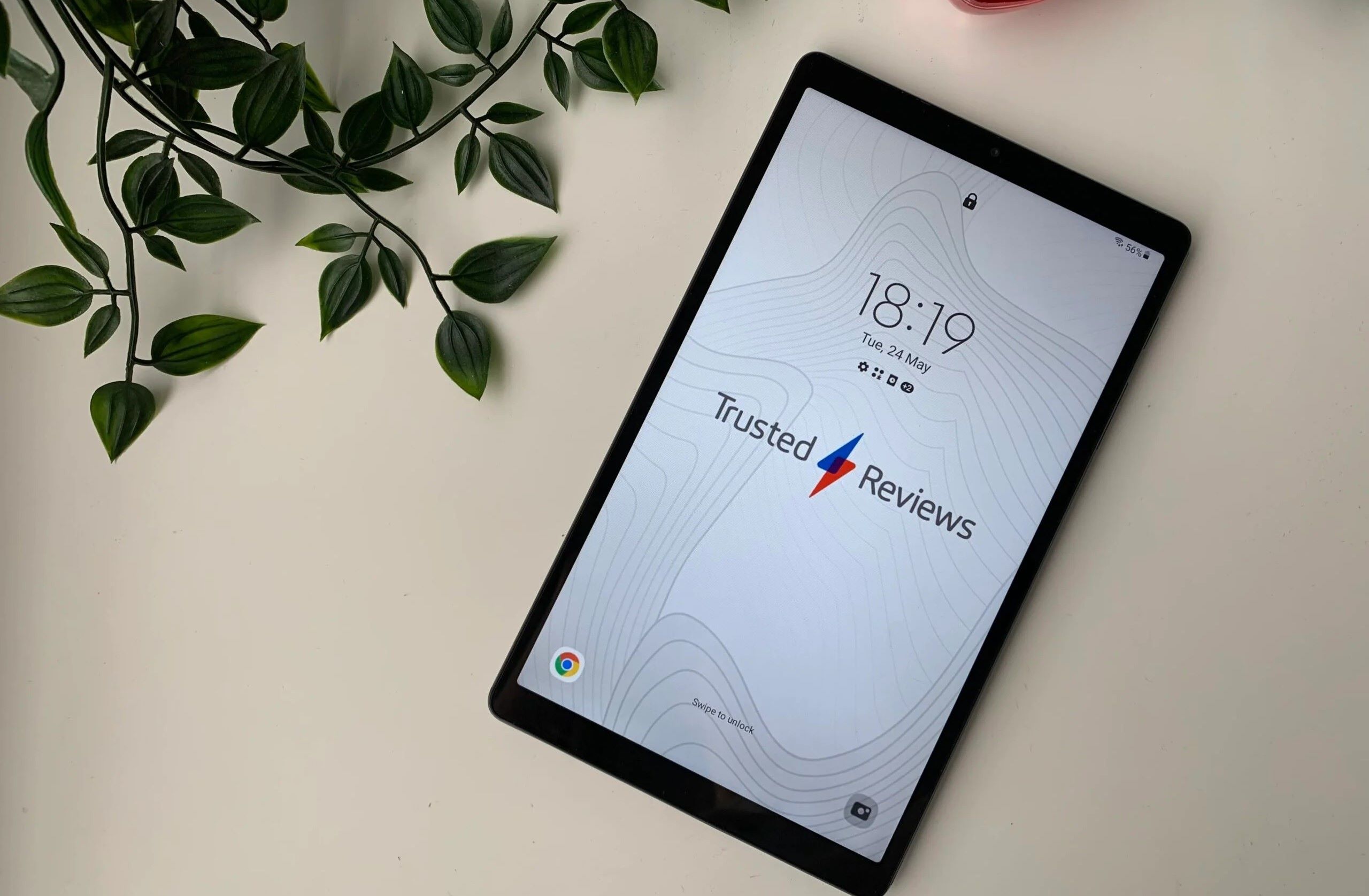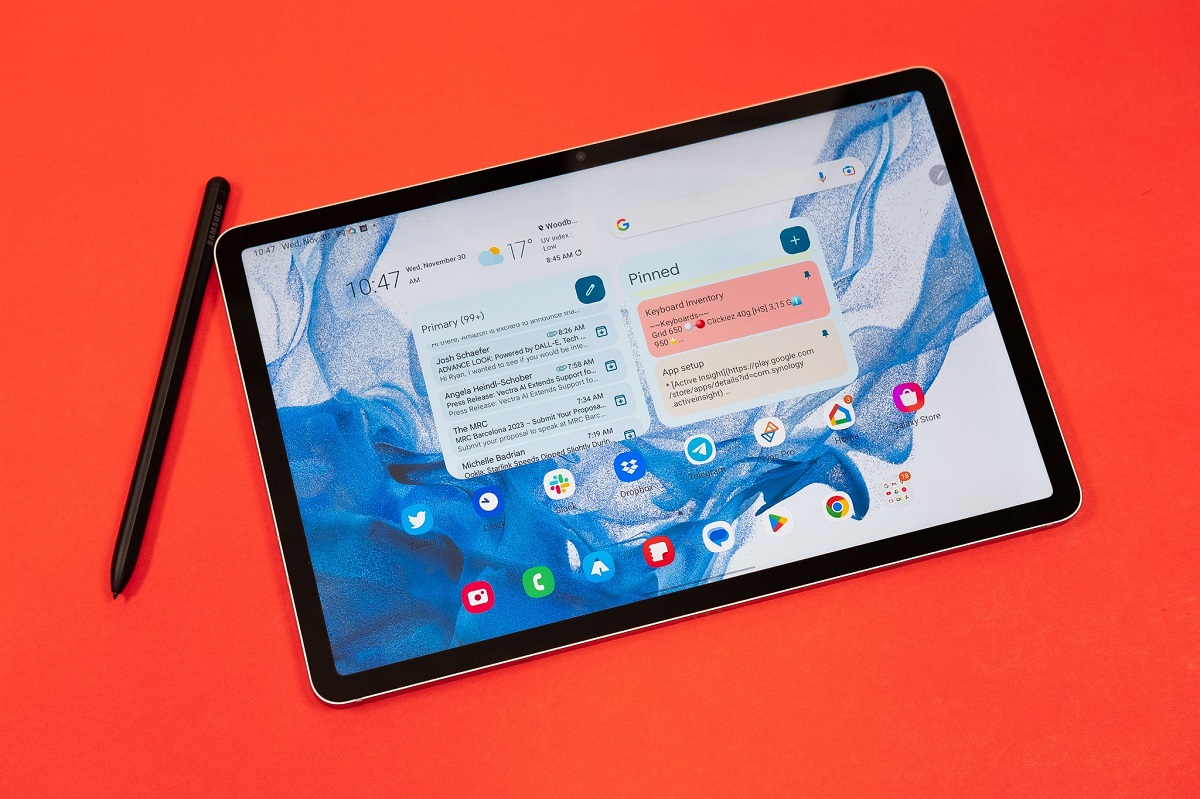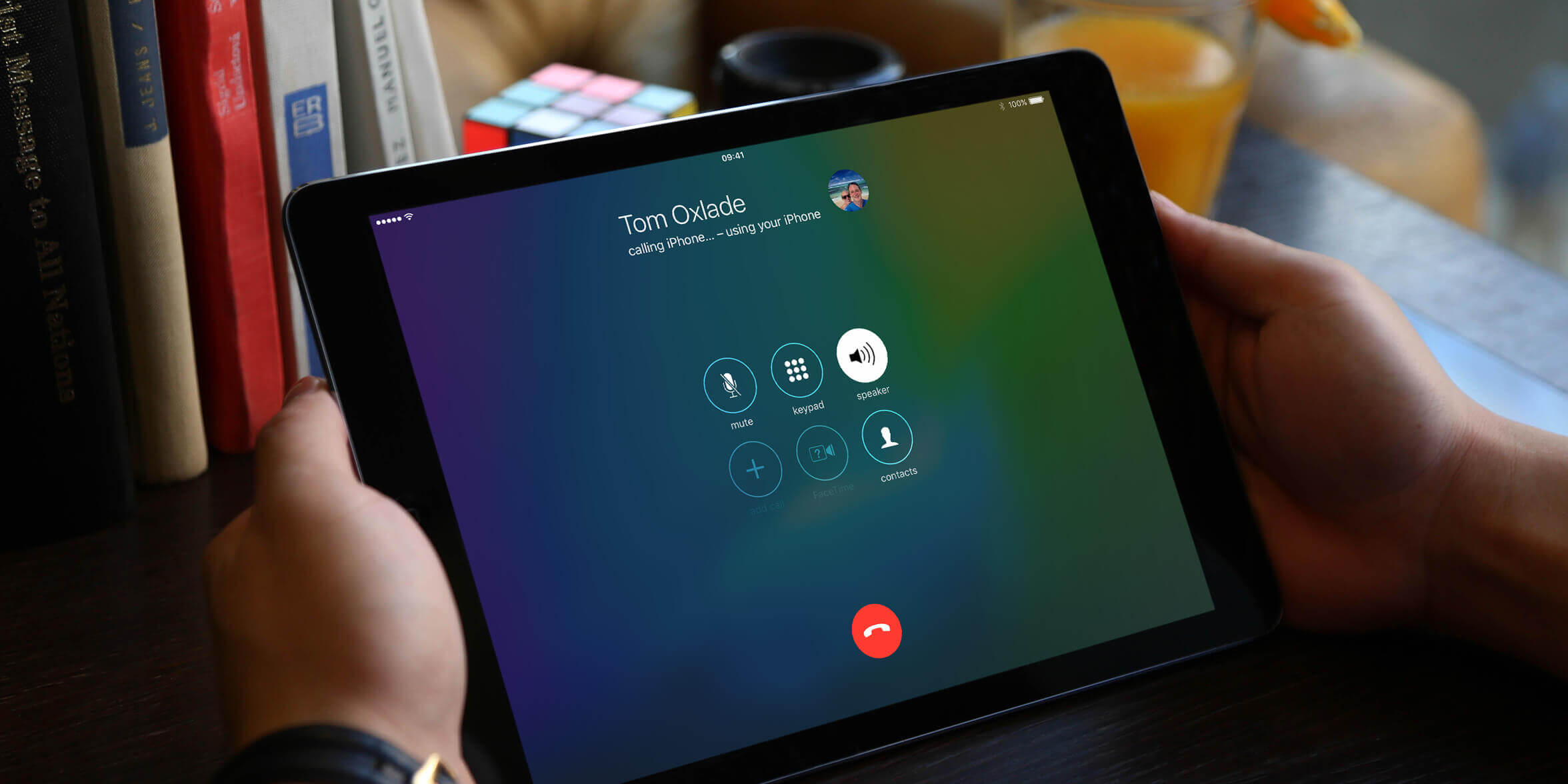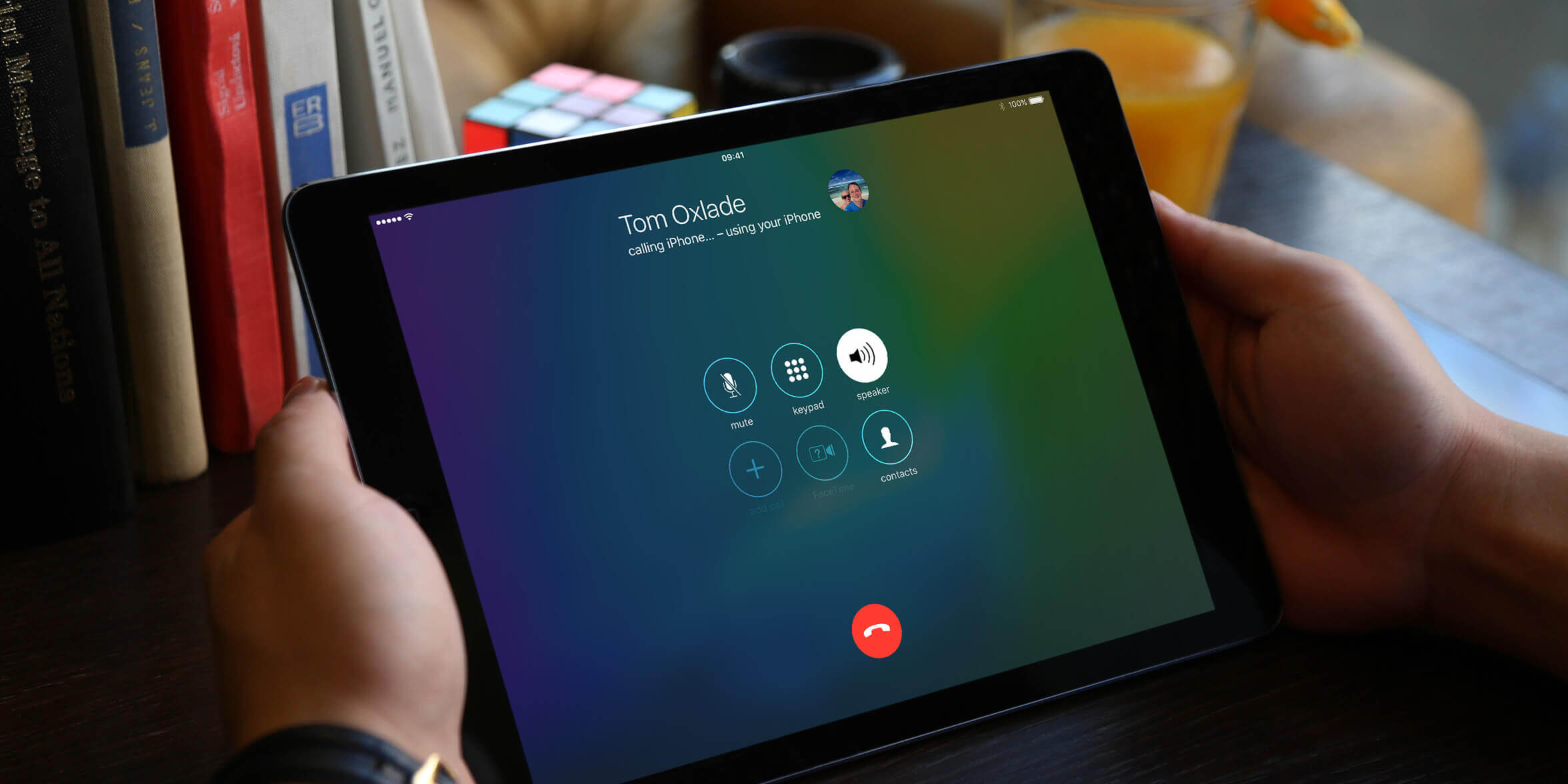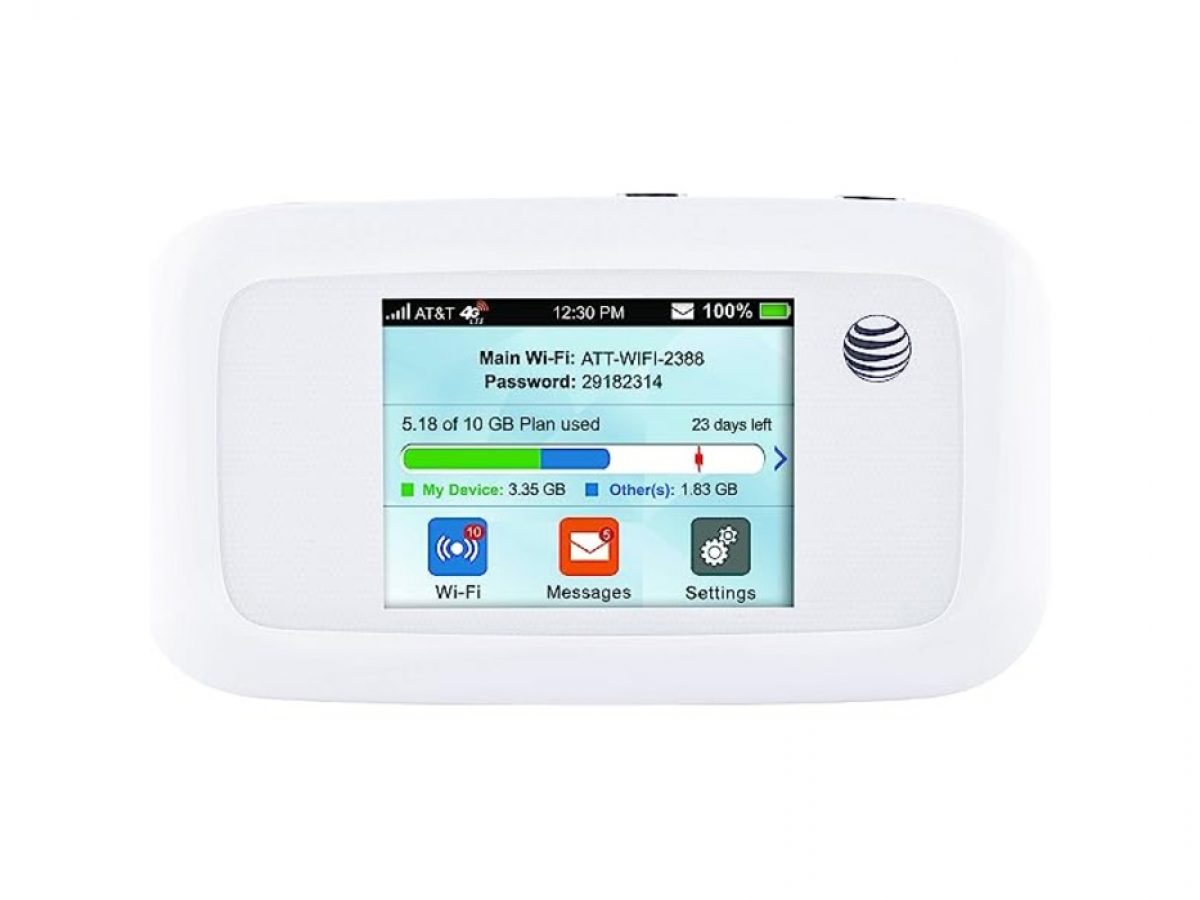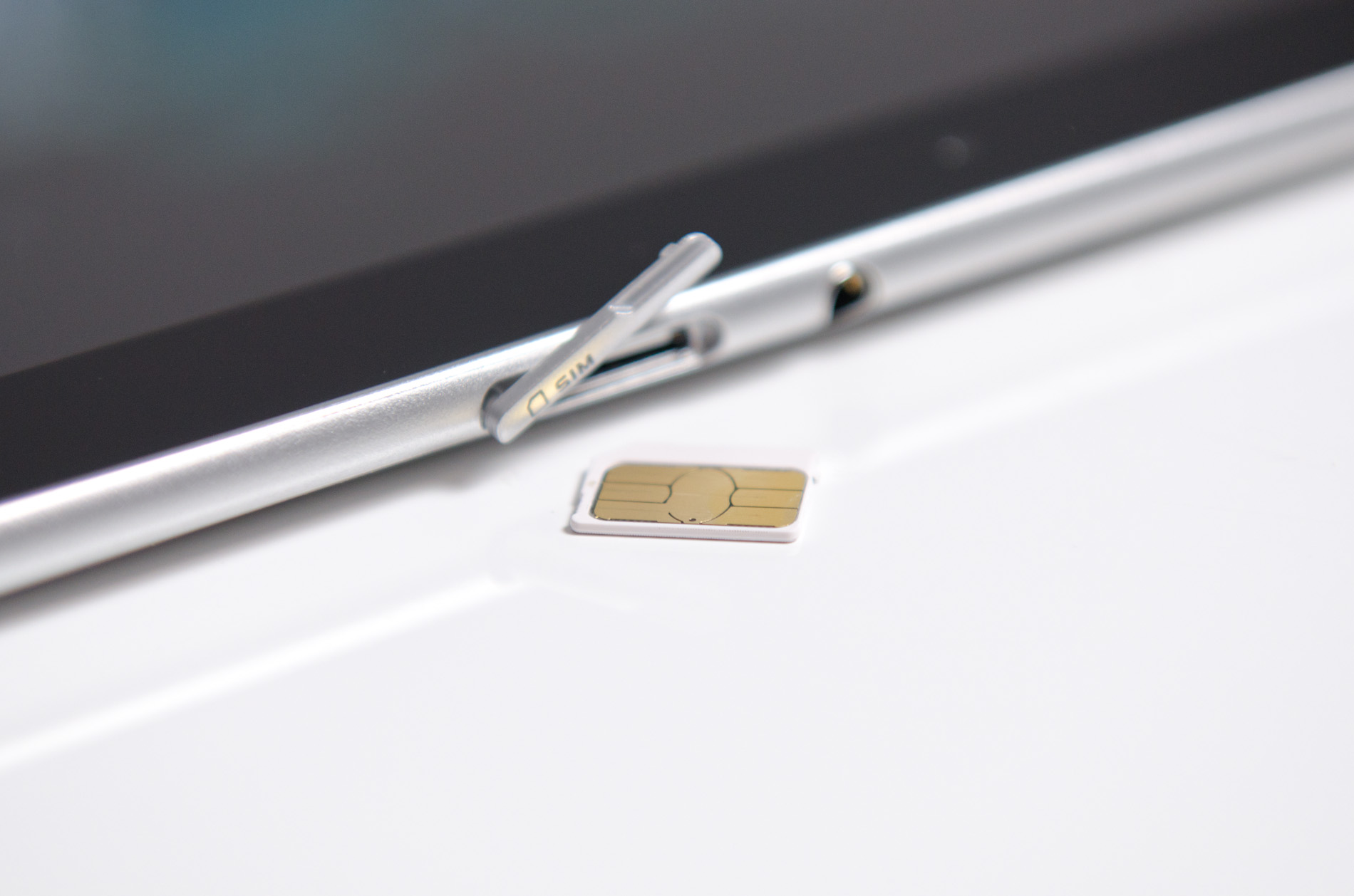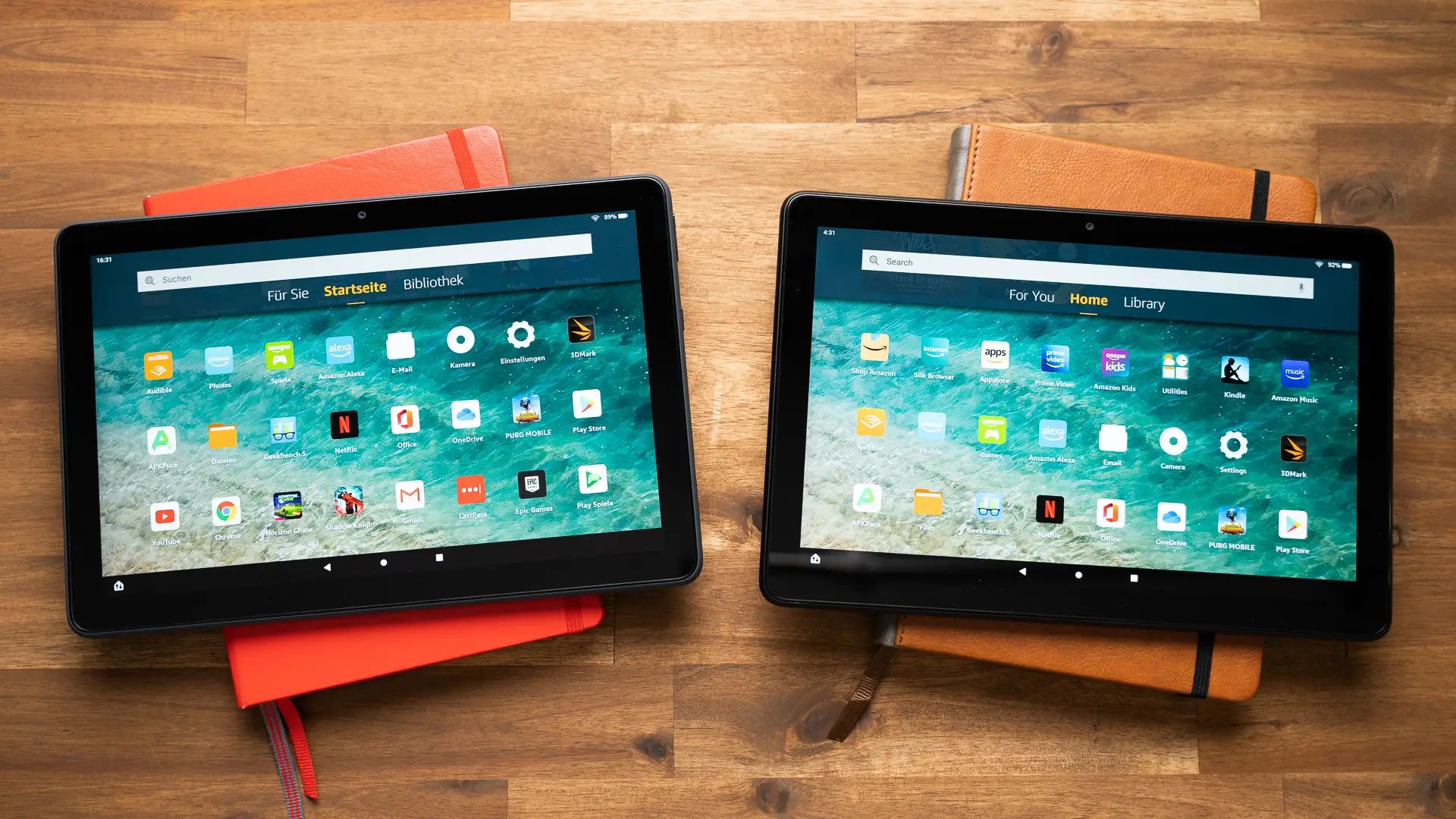Introduction
A SIM card, also known as a Subscriber Identity Module, is a small chip that allows a device to connect to a cellular network and access various mobile services. While SIM cards are commonly associated with smartphones, they can also be used in tablets to provide internet connectivity and communication capabilities.
In recent years, tablets have become increasingly popular due to their portability and versatility. They are not only used for entertainment purposes such as streaming videos and playing games but also serve as productivity tools for work-related tasks. However, many people are unaware of the benefits that a SIM card can bring to a tablet. By inserting a SIM card into a tablet, users can enjoy the convenience of being connected to the internet wherever they go, without relying on Wi-Fi networks or tethering to a smartphone.
In this article, we will explore what a SIM card does for a tablet and how it can enhance the overall user experience. We will discuss the workings of a SIM card in a tablet, the benefits it offers, and the possibilities it opens up for using data, making calls, and sending messages. Additionally, we will provide guidelines on how to insert a SIM card into a tablet and offer tips for choosing the right SIM card for your specific needs.
What is a SIM card?
A SIM card, short for Subscriber Identity Module, is a small chip that stores essential information about the user’s identity and mobile network credentials. It is a vital component that enables a device, such as a tablet, to connect to a cellular network and access various mobile services. The SIM card acts as a unique identifier for the user and determines the user’s phone number, network authentication, and data access.
Physically, a SIM card is a small, rectangular chip that fits into a dedicated slot in a tablet or other devices that support cellular connectivity. The chip contains a tiny microprocessor, memory, and a small amount of storage space to hold the user’s personal information and network-specific settings.
The SIM card is provided by a mobile network operator and contains crucial data such as the International Mobile Subscriber Identity (IMSI), the Integrated Circuit Card Identifier (ICCID), and the authentication key (Ki). These pieces of information are securely stored on the SIM card and are used to authenticate the user’s device and establish a connection with the cellular network.
It’s important to note that there are different types of SIM cards available, including standard SIM, micro SIM, and nano SIM. The size of the SIM card required depends on the specific tablet model.
Overall, the SIM card serves as a gateway to the mobile network, allowing the tablet to access voice, messaging, and mobile data services. It is an essential component that enables seamless communication and internet connectivity on tablets, expanding their functionalities beyond just Wi-Fi usage.
How does a SIM card work in a tablet?
When a SIM card is inserted into a tablet, it allows the device to connect to a cellular network and access mobile services. The process involves a series of steps that ensure the tablet is recognized by the network and can communicate effectively.
Firstly, when the tablet is powered on, it communicates with the network and sends a request for registration. The SIM card contains the necessary information, such as the IMSI and authentication key, which are used for network authentication. This process ensures that only authorized devices can access the network.
Once the tablet is registered and authenticated, it is assigned a temporary identity known as a Temporary Mobile Subscriber Identity (TMSI). This TMSI is used to identify the device within the network and facilitate communication.
Next, the tablet establishes a connection with the network’s base stations, which are responsible for transmitting and receiving signals. These base stations communicate with the tablet and ensure that it remains connected to the network as it moves within the coverage area.
Once the connection is established, the tablet can then access various mobile services, including data, voice calls, and messaging. Data services allow the tablet to browse the internet, stream videos, send and receive emails, and use various online applications. Voice calls and messaging services enable the tablet to make and receive calls, as well as send and receive text messages, just like a smartphone.
It’s worth noting that the availability and quality of cellular network coverage can vary depending on the network operator and the geographical location. In areas with good network coverage, the tablet will experience seamless connectivity and fast data speeds. However, in areas with weak coverage or in remote locations, the tablet’s connection may be limited or intermittent.
In summary, a SIM card enables a tablet to communicate with the cellular network, establish a secure connection, and access various mobile services. It allows the tablet to function as a standalone device, independent of Wi-Fi networks, and provides users with the flexibility and convenience of being connected to the internet and making calls wherever they go.
Benefits of using a SIM card in a tablet
Using a SIM card in a tablet offers numerous benefits that enhance the user experience and provide greater flexibility in terms of connectivity and communication. Here are some of the key advantages:
- Mobile internet access: With a SIM card inserted in a tablet, users can access the internet on-the-go without relying solely on Wi-Fi networks. This means you can stay connected and browse the web, check emails, and use online services in places where Wi-Fi may not be available or reliable, such as during travel or in remote areas.
- Convenience and portability: A tablet with a SIM card gives you the freedom to stay connected wherever you are. You don’t have to worry about finding and connecting to Wi-Fi networks or tethering your tablet to your phone for internet access. The tablet becomes a standalone device that provides instant connectivity, making it convenient for work, leisure, or emergencies.
- Increased productivity: With mobile internet access, a tablet with a SIM card becomes a valuable productivity tool. You can access cloud-based applications, collaborate with colleagues, attend virtual meetings, and stay connected with work-related tasks even when you’re away from your office or a stable Wi-Fi connection.
- Emergency preparedness: In times of emergencies or natural disasters when traditional communication networks may be disrupted, a tablet with a SIM card can provide a reliable means of communication. You can make emergency calls, send distress messages, and access important information using mobile data, regardless of the availability of Wi-Fi or landline connections.
- Cost-effective options: Many mobile network operators offer affordable data plans specifically designed for tablets. By choosing a suitable data plan, you can enjoy cost-effective internet access and avoid relying on expensive Wi-Fi connections or international roaming charges when traveling abroad.
Overall, using a SIM card in a tablet provides users with the convenience of mobile internet access, increased productivity, and the peace of mind of staying connected in various situations. It allows for greater flexibility and portability, making the tablet a versatile device that can fulfill both work and leisure needs.
Using data on a tablet with a SIM card
One of the primary benefits of using a SIM card in a tablet is the ability to access mobile data. Data services allow you to browse the internet, stream media, use online apps, and stay connected with friends and colleagues. Here are some important points to consider when using data on a tablet with a SIM card:
- Data plans: Mobile network operators offer various data plans specifically tailored for tablets. These plans come with different data allowances and validity periods. It’s important to choose a plan that aligns with your usage requirements, considering factors such as browsing habits, streaming needs, and frequency of data consumption.
- Data usage monitoring: To avoid exceeding your data limit and incurring additional charges, it’s crucial to monitor your data usage. Most tablets have built-in data usage tracking features where you can set data limits, monitor your usage, and receive notifications when you approach your data allowance. Additionally, you can also install third-party apps that provide more detailed insights into your data consumption.
- Data-saving techniques: If you need to conserve your data or are in an area with slower internet speeds, you can employ various techniques to reduce data usage. This includes disabling automatic app updates, preventing apps from running in the background, compressing web pages, and using Wi-Fi whenever available.
- Mobile hotspot: Some tablets allow you to use them as a mobile hotspot, sharing your cellular data with other devices such as laptops or smartphones. This can be a convenient way to get internet access on multiple devices without the need for individual SIM cards.
- International roaming: If you plan to use your tablet and its SIM card while traveling abroad, it’s essential to understand the international roaming charges and data availability in your destination country. Roaming packages and options vary among network operators, so reach out to your provider to find the most suitable plan for your needs.
By understanding data plans, monitoring usage, adopting data-saving techniques, and considering international roaming options, you can make the most out of the data services provided by the SIM card in your tablet. It allows you to stay connected, access information, and enjoy various mobile services, keeping you productive and entertained wherever you go.
Making calls and sending messages with a tablet SIM card
While tablets are primarily known for their internet browsing and media consumption capabilities, having a SIM card in a tablet also allows for making calls and sending messages. Here’s what you need to know about using these communication features with a tablet SIM card:
- VoIP (Voice over Internet Protocol) apps: Most tablets do not have built-in cellular calling capabilities like traditional smartphones. However, you can use various VoIP apps such as Skype, WhatsApp, or Google Voice to make voice and video calls over an internet connection. These apps use your data plan or Wi-Fi to make and receive calls, allowing you to communicate with others even without a traditional cellular calling feature.
- Messaging apps: Similarly, messaging apps like WhatsApp, Telegram, and Facebook Messenger can be used on your tablet with a SIM card for sending and receiving text messages, photos, videos, and even voice messages. As these apps use data or Wi-Fi, they offer a convenient way to stay in touch with family, friends, and colleagues without relying solely on traditional SMS messaging.
- Mobile carrier services: Depending on your mobile carrier and tablet model, you may have the option to activate cellular calling and messaging services directly on your tablet using your SIM card. This allows you to make traditional phone calls and send SMS messages using your tablet’s built-in functionality, just like a smartphone.
- Bluetooth accessories: To enhance the calling experience on your tablet, you can connect Bluetooth accessories like headphones, earbuds, or a hands-free device. This allows you to have more privacy during calls or multitask while chatting, especially in noisy environments.
- Roaming and international calling: If you travel internationally and intend to use your tablet’s SIM card for calling and messaging, it’s essential to check the international roaming charges and options provided by your mobile carrier. Additionally, you can also consider using VoIP apps as a cost-effective alternative for international calling.
Whether you use VoIP apps, messaging apps, or activate cellular calling services, having a SIM card in your tablet offers the convenience of making and receiving calls, as well as sending messages. It expands the functionality of your tablet beyond internet browsing and media consumption, allowing you to stay connected with your contacts wherever you are.
How to insert a SIM card into a tablet
Inserting a SIM card into a tablet is a relatively simple process, although the exact steps may vary depending on the tablet model. Here is a general guide on how to insert a SIM card into a tablet:
- Turn off your tablet: Before inserting or removing a SIM card, it is recommended to turn off your tablet to avoid any potential damage or interference.
- Locate the SIM card slot: Look for the SIM card slot on your tablet. The slot is typically located on the side, back, or under the back cover, depending on the tablet model. Some tablets have a dedicated slot, while others may require you to remove the back cover to access the SIM card slot.
- Remove the SIM card tray: If your tablet has a SIM card tray, you will need to locate the small hole or slot on the side of the tablet, usually near the SIM card slot. Use a SIM card ejector tool (often included with the tablet) or a small paperclip to gently push into the hole and release the SIM card tray.
- Place the SIM card on the tray: Take your SIM card and carefully align it with the SIM card tray. The orientation of the SIM card will depend on the tablet model and the SIM card size (Standard SIM, micro SIM, or nano SIM). Make sure the gold contacts on the SIM card face down and match the corresponding contacts on the tray.
- Insert the SIM card tray back into the tablet: Once the SIM card is placed on the tray, gently insert the tray back into the tablet. Ensure that it is properly aligned and securely inserted into the slot. Take care not to force the tray as it may damage the tray or the tablet.
- Turn on your tablet: After successfully inserting the SIM card, you can turn on your tablet. The tablet will detect the SIM card and establish a connection with the cellular network.
It’s important to refer to the user manual or manufacturer’s instructions specific to your tablet model for the accurate procedure. In case you encounter any difficulties or uncertainties, it’s advised to seek assistance from the tablet manufacturer or a technical expert to avoid any potential damage to your tablet or SIM card.
Choosing the right SIM card for your tablet
When it comes to choosing the right SIM card for your tablet, there are a few important factors to consider. These include the type and size of the SIM card, compatibility with your tablet model, the network operator, and the desired mobile data plan. Here’s a guide to help you choose the right SIM card:
- SIM card types and sizes: Determine the type and size of SIM card your tablet requires. The most common types are Standard SIM, micro SIM, and nano SIM. Check your tablet’s specifications or user manual to find out which SIM card size is compatible.
- Network compatibility: Ensure that your tablet is compatible with the network bands and technologies supported by the mobile network operator. This information can usually be found on the network operator’s website or by consulting their customer service.
- Choose a network operator: Research various network operators in your region and compare their coverage, data plans, pricing, and customer service. Consider factors such as network reliability, network coverage in the areas you frequent, and the quality of their data services.
- Data plan requirements: Assess your data usage requirements and select a data plan that best suits your needs. Factors to consider include the data allowance, validity period, speed, any included additional benefits (e.g., international roaming or hotspot usage), and the cost of the plan. Evaluate your typical usage patterns to determine the appropriate data plan.
- Consider bundling options: Some network operators offer bundled plans that include both a data plan for your tablet and a voice or messaging plan for your smartphone. Bundling options can offer convenience, cost savings, and simplified management of your mobile services.
- Research customer reviews and recommendations: To gain insights into the quality of service, customer support, and overall customer satisfaction, read reviews and seek recommendations from other tablet users or online communities. This can help you make an informed decision and choose a reliable network operator.
Remember that choosing the right SIM card is crucial for ensuring optimal performance and compatibility with your tablet. Take your time to research and evaluate different options before making a decision. By considering factors such as network compatibility, data plan requirements, and customer reviews, you can select a SIM card that meets your needs and enhances your tablet experience.
Frequently Asked Questions (FAQs) about tablet SIM cards
Here are some common questions and answers related to tablet SIM cards:
- Can I use my smartphone SIM card in a tablet?
- Can I make phone calls with a tablet SIM card?
- Do I need a data plan for a tablet SIM card?
- Can I use my tablet SIM card for international roaming?
- Can I move my tablet SIM card to another tablet?
- How do I remove a SIM card from a tablet?
It depends on the type and size of the SIM card used in your smartphone and the SIM card slot in your tablet. If the sizes are compatible, you may be able to use your smartphone SIM card in your tablet. However, it’s important to check with your mobile network operator for compatibility and potential limitations.
While most tablets do not have traditional cellular calling capabilities, you can still make voice and video calls using VoIP apps like Skype or WhatsApp. These apps allow you to make calls over an internet connection using your tablet’s SIM card or Wi-Fi.
In order to access the internet and other mobile data services on your tablet with a SIM card, you will need a data plan. Mobile network operators offer a range of data plans with different data allowances, validity periods, and prices. Choose a plan that suits your data usage needs.
Yes, you can use your tablet SIM card for international roaming, but it’s important to check with your mobile network operator beforehand. International roaming charges and options vary, and it’s advisable to understand the rates and availability of services in your destination country to avoid unexpected charges.
In most cases, you can move your tablet SIM card to another tablet as long as the SIM card size and the tablet’s SIM card slot are compatible. However, it’s recommended to check with your mobile network operator and ensure that the new tablet supports the necessary network bands and technologies.
To remove a SIM card from a tablet, turn off the tablet, locate the SIM card slot or tray, and gently push the SIM card ejector tool (or a small paperclip) into the provided hole to release the SIM card tray. Carefully remove the SIM card from the tray and insert it into a new device or store it safely.
These are just a few of the frequently asked questions regarding tablet SIM cards. If you have any specific queries or concerns, it’s always best to reach out to your mobile network operator for accurate and up-to-date information.
Conclusion
A SIM card in a tablet brings a multitude of benefits by enabling mobile internet access, communication capabilities, and increased productivity. By inserting a SIM card into your tablet, you can enjoy the convenience and freedom of being connected to the internet wherever you go, without relying solely on Wi-Fi networks or tethering to a smartphone.
Throughout this article, we explored what a SIM card does for a tablet, how it works, and the advantages it offers. We discussed the importance of choosing the right SIM card, considering factors such as compatibility, network operator, and data plan requirements. Additionally, we provided information on using data, making calls, and sending messages with a tablet SIM card.
Using a tablet with a SIM card not only provides mobile internet access but also enhances productivity, ensures emergency preparedness, and offers cost-effective options for data usage. It allows for greater flexibility and portability, transforming the tablet into a versatile device that meets both work and leisure needs.
Remember to refer to your tablet’s user manual and consult your mobile network operator for specific instructions and details regarding your tablet’s SIM card requirements and network compatibility.
Whether you’re a student, professional, or casual user, a tablet with a SIM card can significantly enhance your digital experience. Stay connected, productive, and entertained with the power of a tablet and the mobility of a SIM card.







